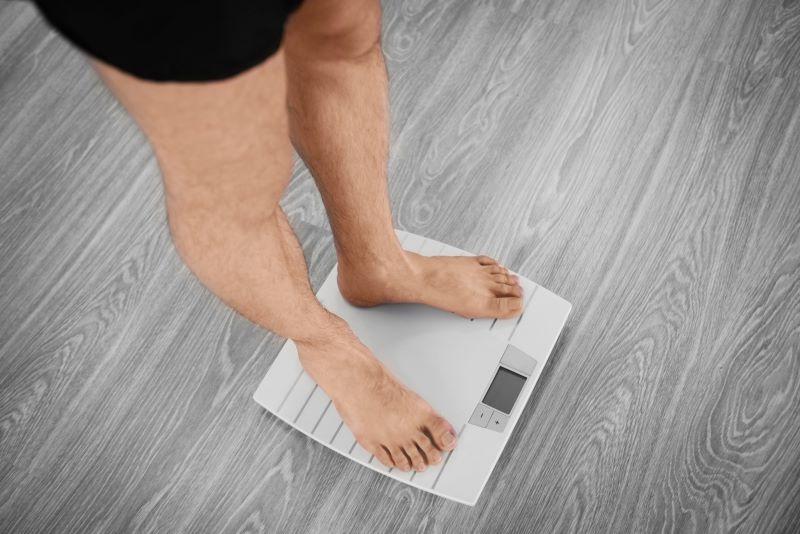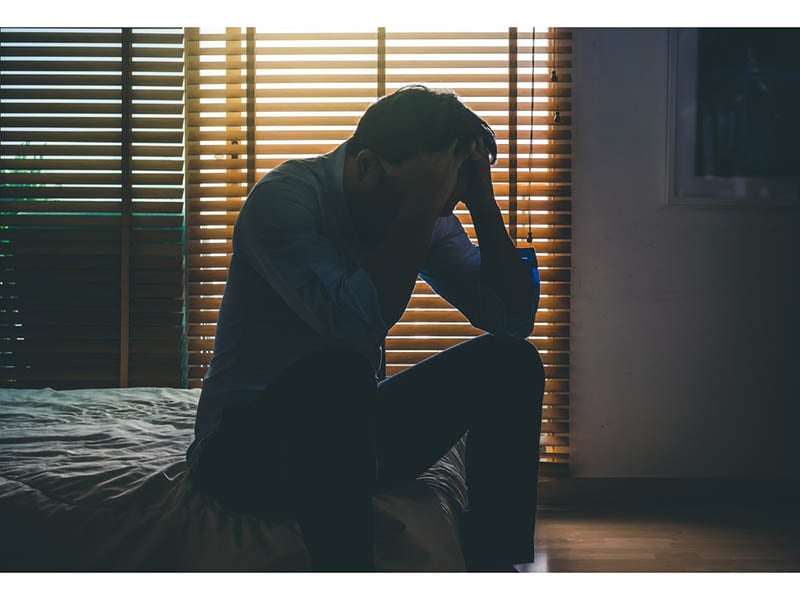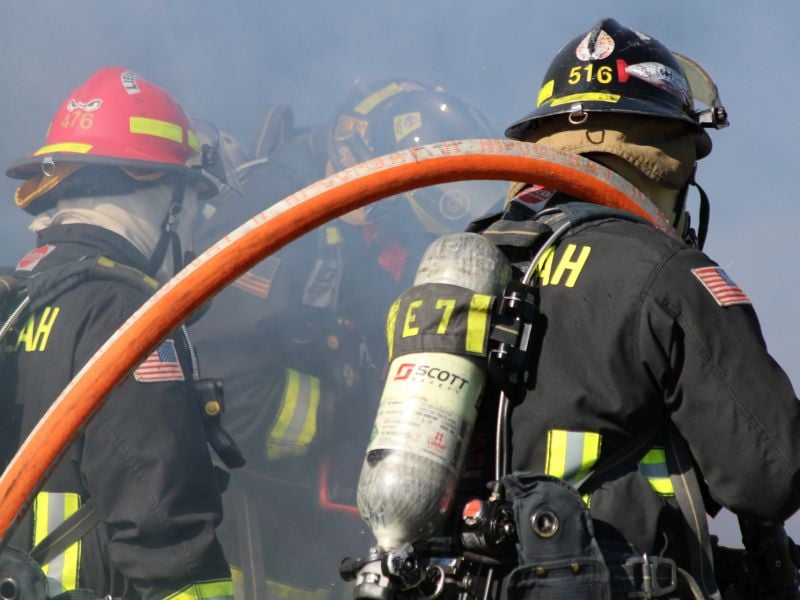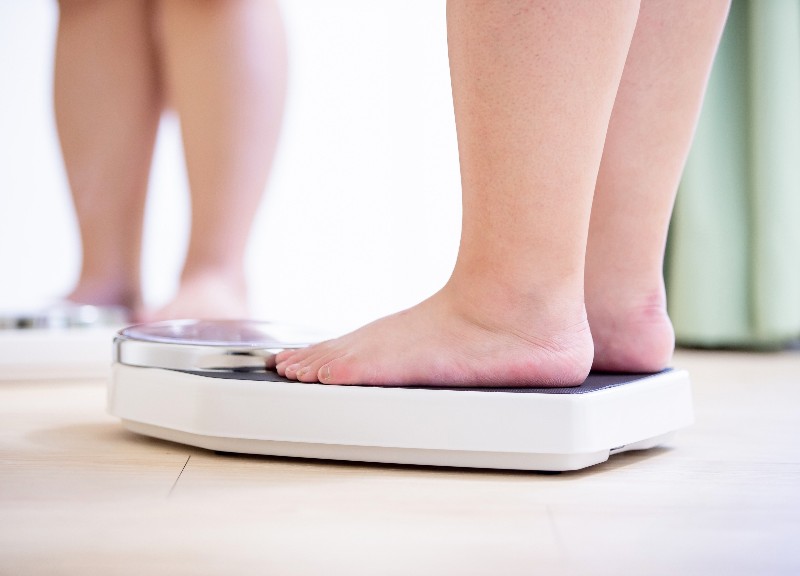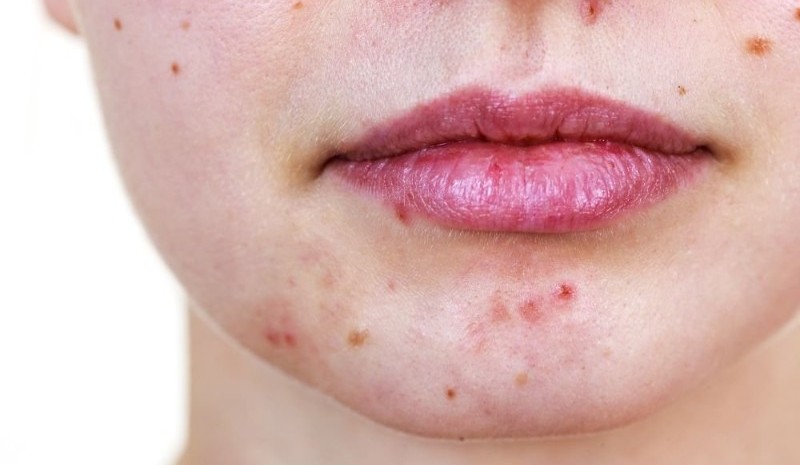
In a small pilot study, some young women looking to lose weight on a low-calorie keto diet got an unexpected benefit: Their acne began to clear up. “These findings represent an opportunity to control a skin disease that affects most teenagers and many adults at some point in their lifetimes, causing distress, embarrassment, anxiety and… read on > read on >













